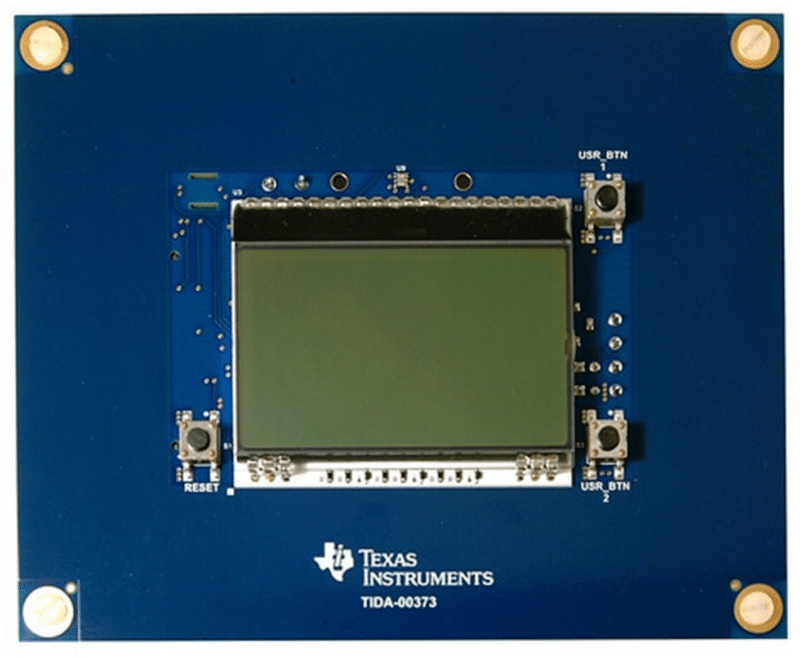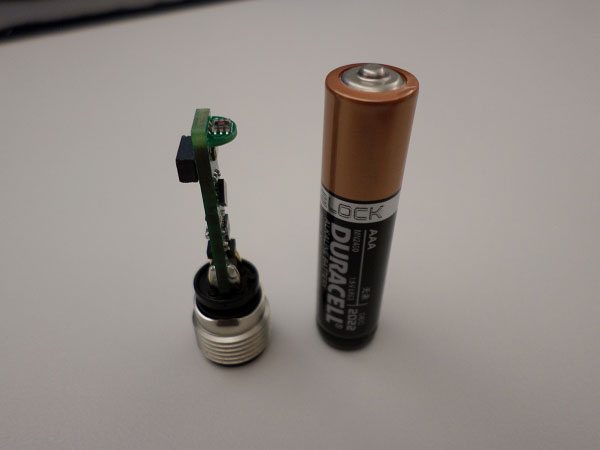With more than ever electronic products available today and accessible by consumers, Ambient Light Sensors have become an indispensable component for a variety of design needs. Poor environmental lighting or changing lighting conditions while viewing television, continuous working on laptops or PCs, playing around with headsets or driving an automobile can bring significant eye strain. Designers address this problem by utilising the good human eye spectral matching property of ambient light sensor, which means that they can be used to detect light or brightness in a similar way as the human eye. This makes ambient light sensors inevitable in display dimming or adjusting LCD and OLED backlight intensity in a variety of portable devices. Not only it brings optimum viewing comfort to the user in changing environmental lighting but also helps to reduce power consumption and extend battery life.
For an understanding of how ambient light sensors are utilised to control display brightness in a variety of consumer and industrial applications, the following section introduces some reference designs along with complete documentation:-
Backlight and Smart Lighting Control For Home Appliances & Industry:
This design based on ALS and proximity sensor is intended to measure and react to changes in the lighting environment to conserve power and extend backlight life using an ambient light sensor. Applications include cooker hoods, Dish Washers, Fire Alarm Control Panel (FACP), Intrusion HMI Keypad, refrigerators & freezers, and more. The optical light sensor OPT3001 comes with good human eye spectral matching to dynamically adjust the backlight brightness and produce an optimal viewing experience for the user. This is done by implementing a simple relationship between backlight brightness and ambient light in software. Proximity wake up by a capacitive sensor is enabled by a capacitive-to-digital converter FDC1004 from TI to save even more power. This feature can detect if a human is close and wakes up the system. The design includes hardware files, firmware, demo, and Getting Started Guide. More on this Reference Design
Compact IO-Link Light Sensor For Industrial Automation:

This reference design discusses the world’s smallest IO-Link light sensor with a range of applications spanning process control, automatic display brightness, industrial automation, and more. Many sensors are integrated on-board: ambient light (clear), red, green, blue, infrared, and temperature all on a tiny printed circuit board (PCB) that is 6.5mm x 25mm. The design consists of an industry standard Maxim Integrated IO-Link device transceiver (MAX14821), a Renesas ultra-low-power, 16-bit microcontroller (RL78) utilizing TMG TE’s IO-Link device stack and a Maxim Integrated light sensor (MAX44008). The design is able to communicate with IO-link, a serial communication protocol used for communicating with sensors and actuators. More on this Reference Design
ALS Opto-mechanical Design For Mobile Consumer Products:
This design provides valuable optical/mechanical guidelines for the ambient light sensor from Intersil used for applications such as mobile consumer products with back-lit flat displays. Insights for best performance for Intersil’s Ambient Light Sensor ISL29023 using its opto-mechanical reference model are discussed. The model consists of the ISL29023 IC package mounted to a PC board (typically, a Flex-PCB) spaced 3.0mm below a 0.7mm – thick glass Window. More on this Reference Design






